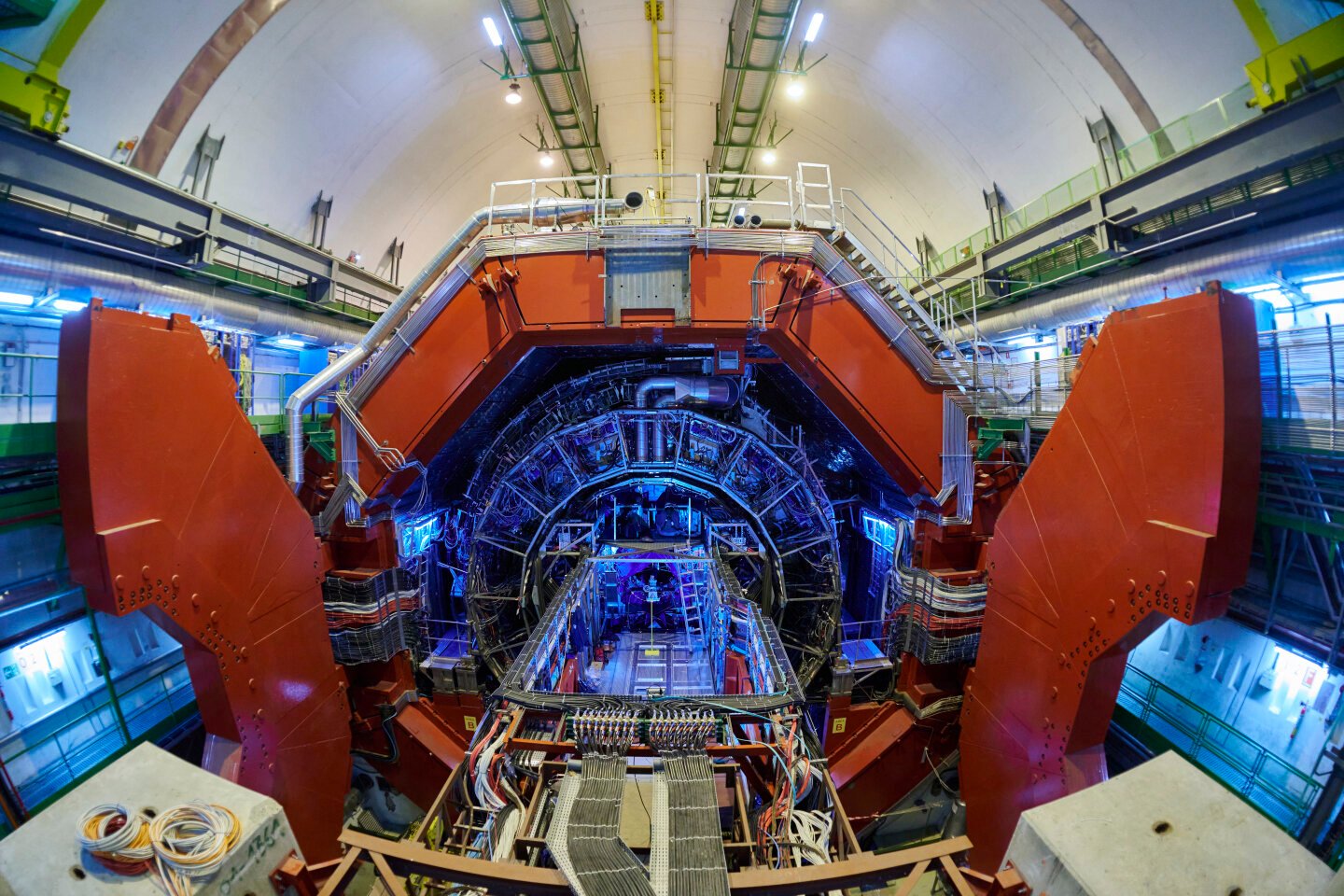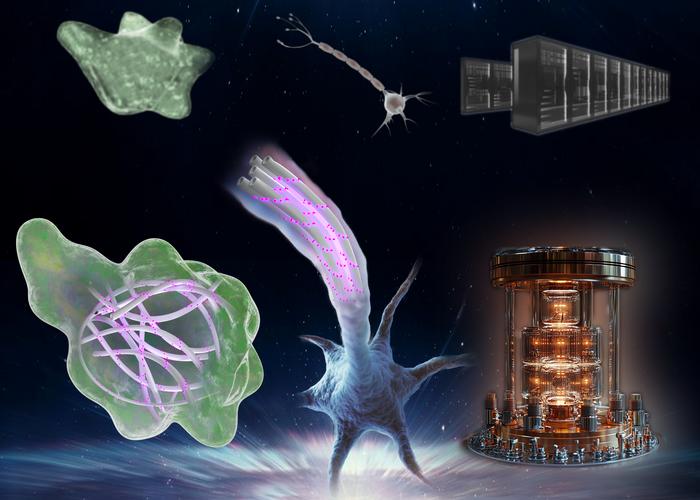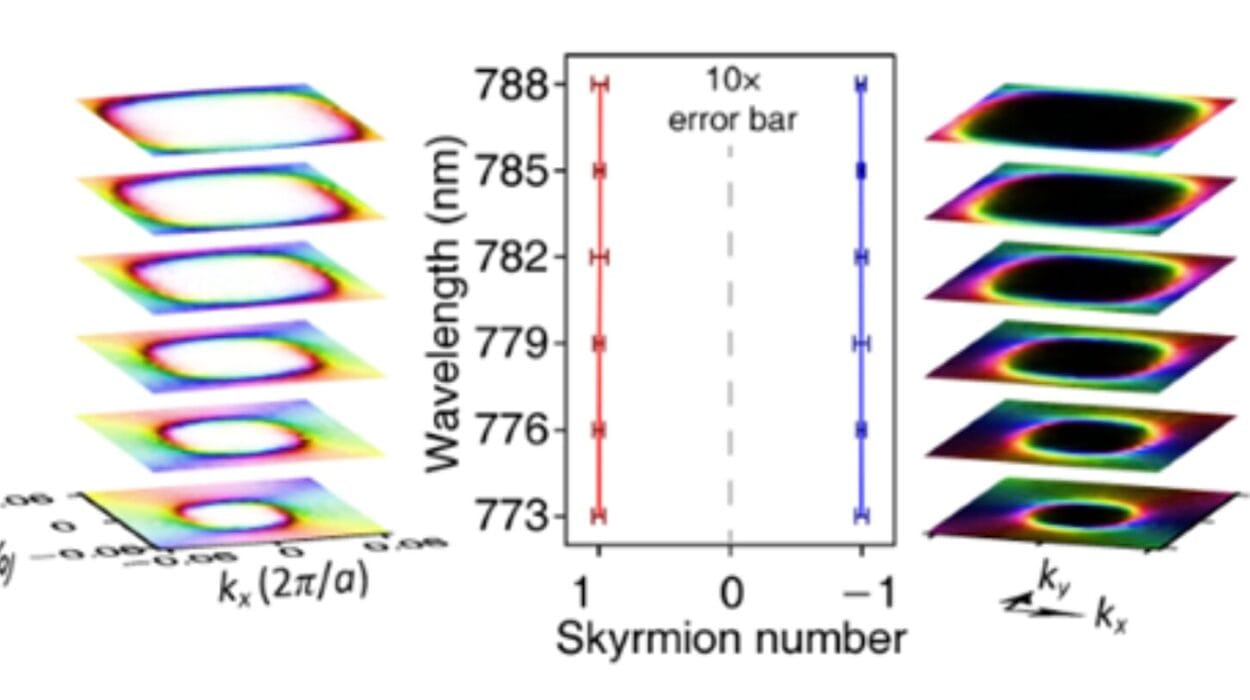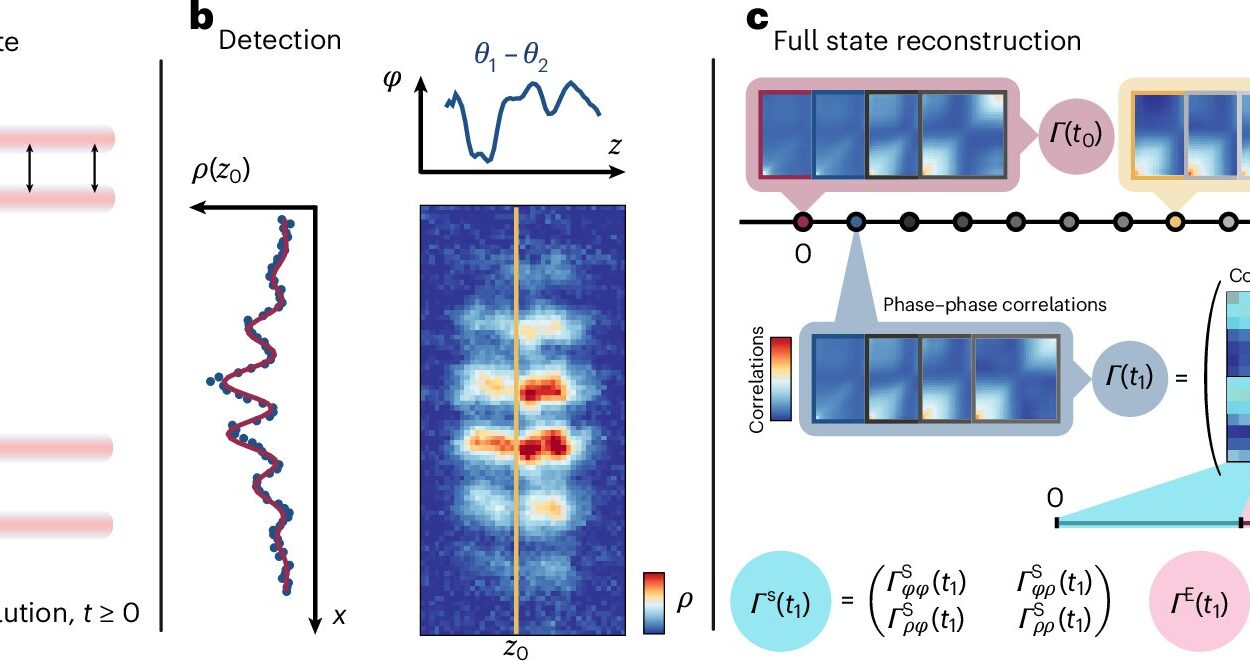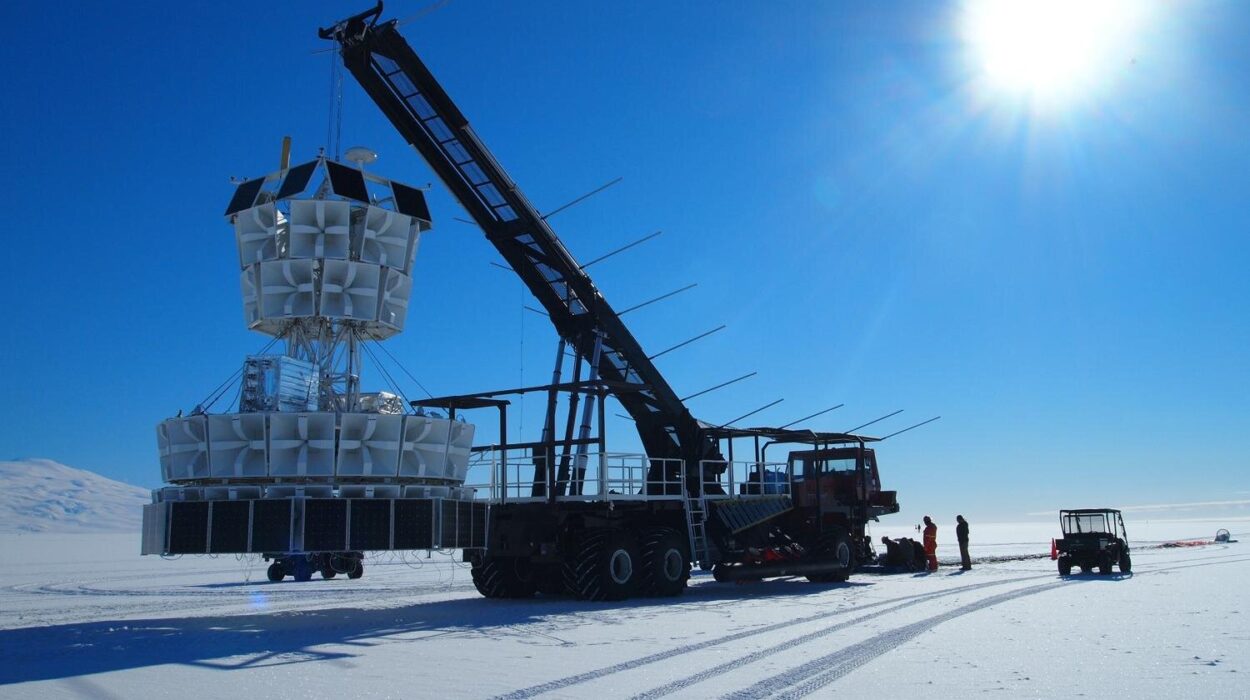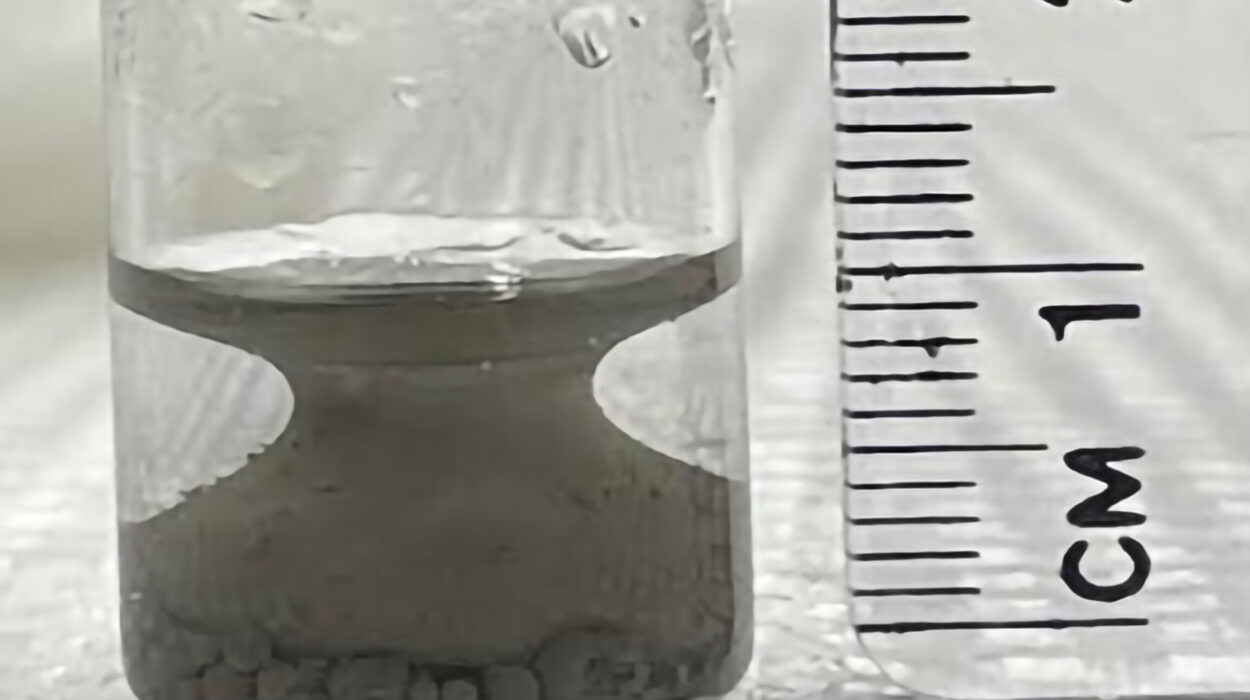Deep beneath the Franco-Swiss border, within the world’s largest and most powerful particle accelerator—the Large Hadron Collider (LHC)—a feat once dreamed of by medieval alchemists has been realized in the cold precision of modern physics. In a study recently published in Physical Review C, scientists from the ALICE collaboration at CERN report measurements that confirm the transmutation of lead into gold—not metaphorically, but literally—via subatomic processes sparked in high-energy near-collisions of atomic nuclei.
This remarkable finding doesn’t mean we’re on the verge of manufacturing gold bars in laboratories. Far from it. But it does mark a profound scientific milestone: observing, quantifying, and understanding how the elements can morph from one into another at the heart of nuclear interactions.
Chrysopoeia: The Ancient Dream of Gold from Lead
For centuries, the mystical art of alchemy held as its highest aspiration the transformation of base metals—especially dull, gray lead—into radiant, precious gold. Known as chrysopoeia, this idea was deeply entrenched in both spiritual and scientific traditions. Though misguided by the standards of modern chemistry, alchemists were inspired by surface similarities between lead and gold: both are heavy, dense metals and often found in nature in similar-looking ores.
Yet the periodic table shattered this illusion in the 19th century. Lead (atomic number 82) and gold (atomic number 79) were found to be fundamentally different elements, defined by their distinct numbers of protons. Chemical reactions couldn’t alter an element’s atomic number—only nuclear processes could. The ancient dream, it seemed, was scientifically impossible.
Or was it?
From Alchemy to Nuclear Physics
With the 20th century’s dawn came a revolution: nuclear physics. Scientists discovered that atomic nuclei could change, given the right conditions. Radioactive decay showed that heavy atoms could naturally lose protons and neutrons, morphing into new elements. Artificial nuclear reactions—induced by bombarding atoms with neutrons or protons—added another pathway to transmutation.
Indeed, researchers have previously created gold through such processes, but only in microscopic amounts, and with extreme difficulty. These efforts were largely symbolic—more demonstrations of nuclear mastery than viable means of production.
Now, thanks to CERN’s ALICE experiment (A Large Ion Collider Experiment), researchers have observed a completely new mechanism for turning lead into gold—through ultraperipheral collisions at staggering energies.
The Power of a Near-Miss
When heavy ions like lead nuclei are accelerated to 99.999993% the speed of light in the LHC, their properties change dramatically. At these speeds, the electromagnetic fields surrounding each nucleus intensify and flatten, creating brief, pancake-shaped pulses of virtual photons.
If two lead nuclei pass near each other without colliding directly—a scenario known as an ultraperipheral collision—these electromagnetic pulses can still interact. This creates a unique environment where photon–nucleus interactions occur. One such outcome is electromagnetic dissociation, a process in which the nucleus becomes excited and sheds a few of its building blocks—protons and neutrons.
And here’s the crux: if a lead nucleus (82 protons) sheds three protons, it becomes a gold nucleus (79 protons).
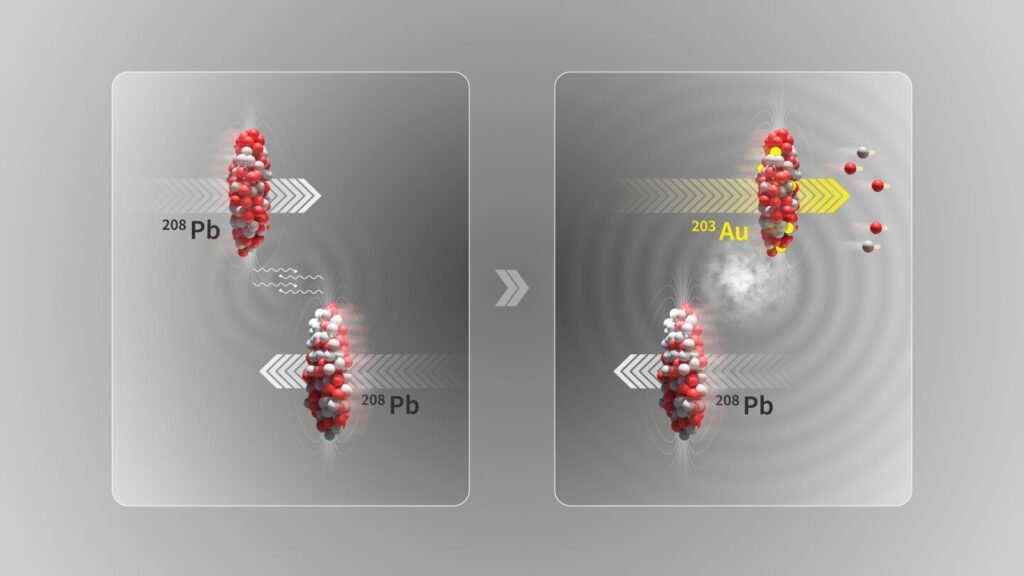
ALICE’s Gold Fingerprint
The ALICE collaboration utilized their sophisticated Zero Degree Calorimeters (ZDCs)—sensors specifically designed to catch particles emitted in the far-forward direction of collisions—to monitor these rare transformation events. The team focused on photon–nucleus interactions that led to the emission of zero to three protons, accompanied by at least one neutron.
These emissions correspond to the formation of:
- Lead (82 protons) – no proton loss
- Thallium (81 protons) – one proton lost
- Mercury (80 protons) – two protons lost
- Gold (79 protons) – three protons lost
By meticulously analyzing these signatures, researchers confirmed that gold nuclei were indeed being created—albeit briefly—within the LHC during these photon-induced nuclear transformations.
Gold… But Don’t Quit Your Day Job
How much gold, you ask?
During Run 2 of the LHC (2015–2018), ALICE recorded the production of approximately 86 billion gold nuclei. Sounds like a lot—until you convert it into mass: just 29 picograms, or 0.000000000029 grams. Even doubling that figure in Run 3 (2019–2024), thanks to improved luminosity, yields a mass so tiny it’s trillions of times less than what’s needed to make a speck of jewelry.
Moreover, the gold nuclei don’t linger. They emerge at immense speeds, crash into the LHC’s beam pipes and collimators, and shatter into subatomic particles almost instantly. Their existence is as fleeting as it is extraordinary.
Why This Matters (Even If It Won’t Make You Rich)
While this won’t revive alchemists’ dreams of wealth, the implications are scientifically rich. According to Uliana Dmitrieva of ALICE, “The present analysis is the first to systematically detect and analyze the signature of gold production at the LHC experimentally.”
And there’s more than scientific novelty here. These findings provide critical data for improving theoretical models of electromagnetic dissociation—a process that also plays a role in beam losses, a major limiting factor in the performance of the LHC and future colliders. In other words, understanding how nuclei disintegrate under electromagnetic stress helps physicists optimize particle accelerator performance, improving both safety and precision.
John Jowett of the ALICE collaboration explains: “The results also test and improve theoretical models of electromagnetic dissociation…used to understand and predict beam losses.”
Thus, these nuclear transformations serve both as a window into cosmic-scale phenomena—like those that occurred moments after the Big Bang—and as a practical tool for refining cutting-edge technology on Earth.
Echoes of the Early Universe
There’s another layer to this story. The LHC, in its head-on lead collisions, has already recreated the quark–gluon plasma, a state of matter that existed microseconds after the Big Bang. But the ultraperipheral collisions studied by ALICE give insight into the electromagnetic interactions that took place in the early universe—shedding light on the fundamental forces that shaped the elements.
These findings contribute to the broader quest of physics: to unravel the nature of matter, energy, and the universe itself.
Conclusion: Alchemy, Realized—but Reimagined
In a poetic twist of fate, modern physics has achieved the alchemists’ age-old dream—not through mysticism, but through mathematics, magnets, and the minds of thousands of scientists. Though the gold is ephemeral and infinitesimal, its value lies in the knowledge it unlocks.
The ALICE experiment has not made anyone rich in gold—but it has enriched our understanding of the atomic world, the behavior of nuclear matter, and the forces that govern the cosmos.
And perhaps that, in the grand alchemy of science, is the truest form of transmutation.
Reference: S. Acharya et al, Proton emission in ultraperipheral Pb-Pb collisions at √sNN=5.02 TeV, Physical Review C (2025). DOI: 10.1103/PhysRevC.111.054906
